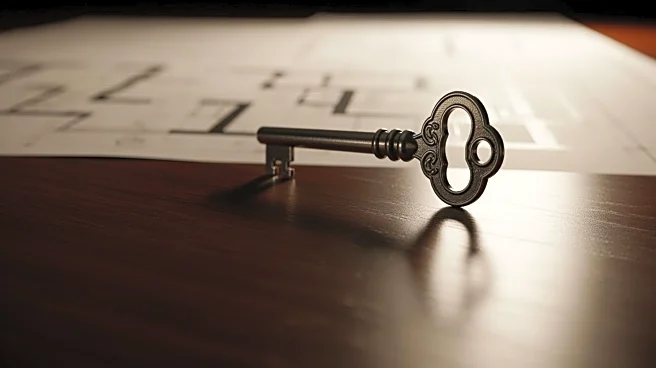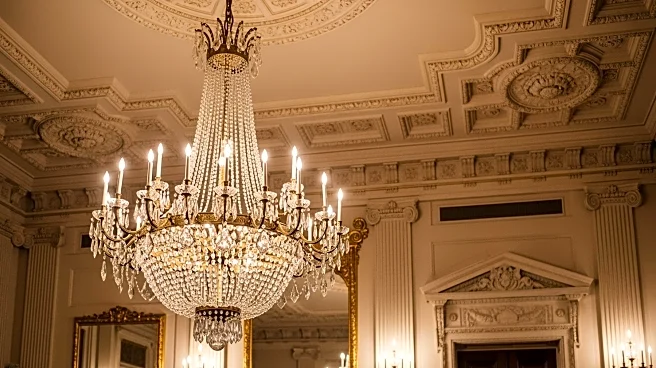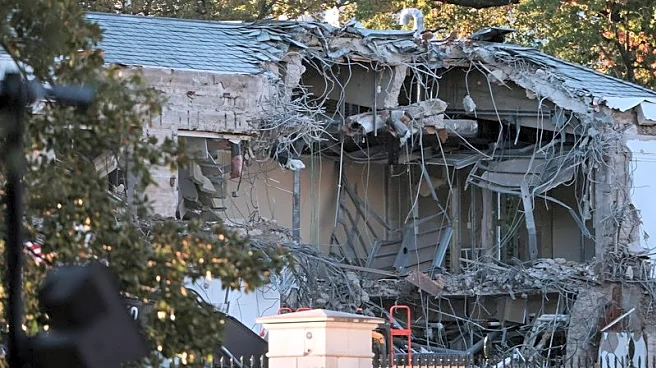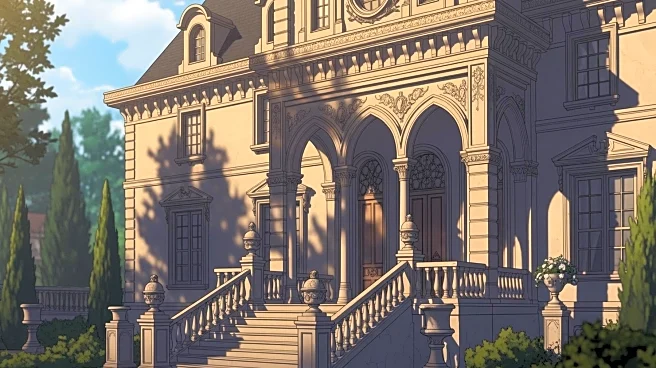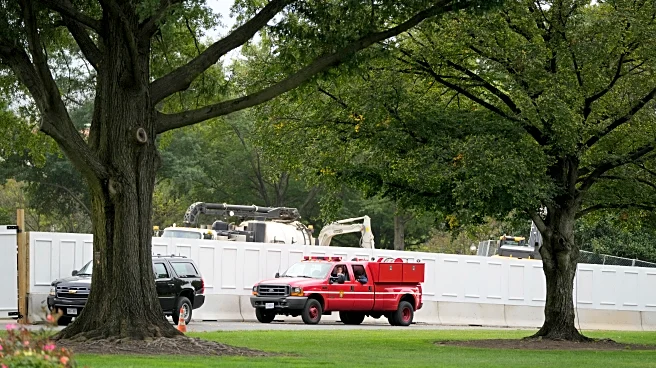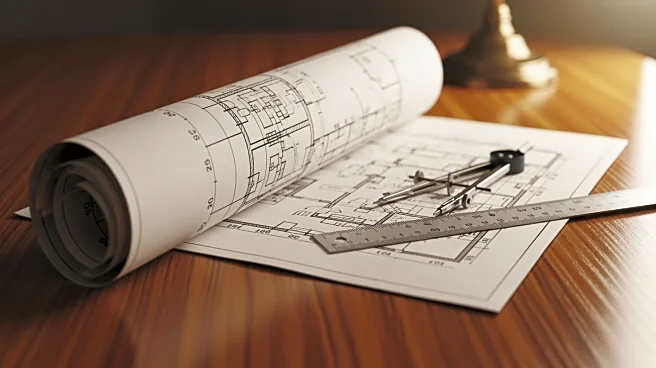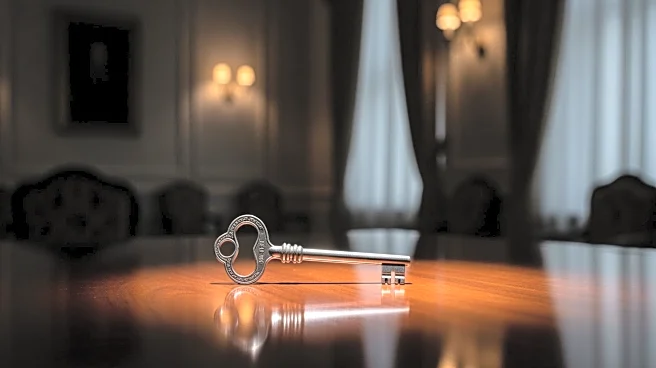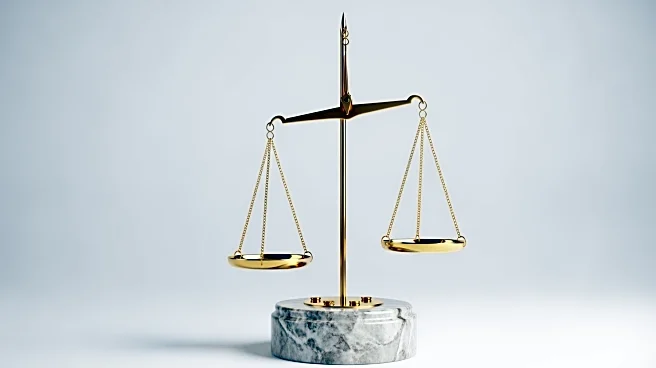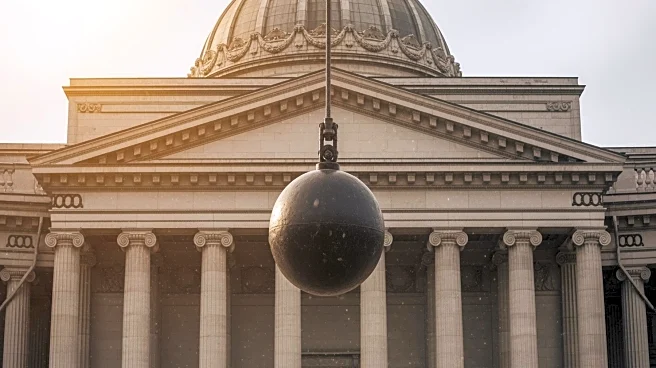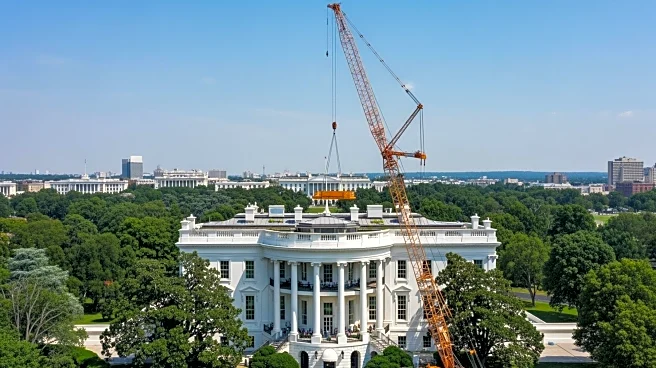What's Happening?
The White House has undergone numerous renovations throughout its history, with each administration leaving its mark. Recent changes under President Trump include the addition of a ballroom, following
a tradition of modifications by past presidents. Notable historical renovations include Theodore Roosevelt's 1902 remodel, which introduced the West Wing, and Franklin D. Roosevelt's addition of an indoor pool in 1933. The most extensive renovation occurred during Harry Truman's presidency, which involved gutting the building while preserving its exterior. Jacqueline Kennedy's restoration in the 1960s focused on the interior, adding historical furnishings and art.
Why It's Important?
Renovations to the White House reflect the evolving needs and preferences of its occupants, as well as broader cultural and historical trends. These changes can influence public perception of the presidency and the symbolic significance of the White House. The ongoing modifications also highlight the balance between preserving historical integrity and accommodating modern requirements. Understanding these renovations provides insight into how the presidency adapts to changing times while maintaining continuity with the past.
